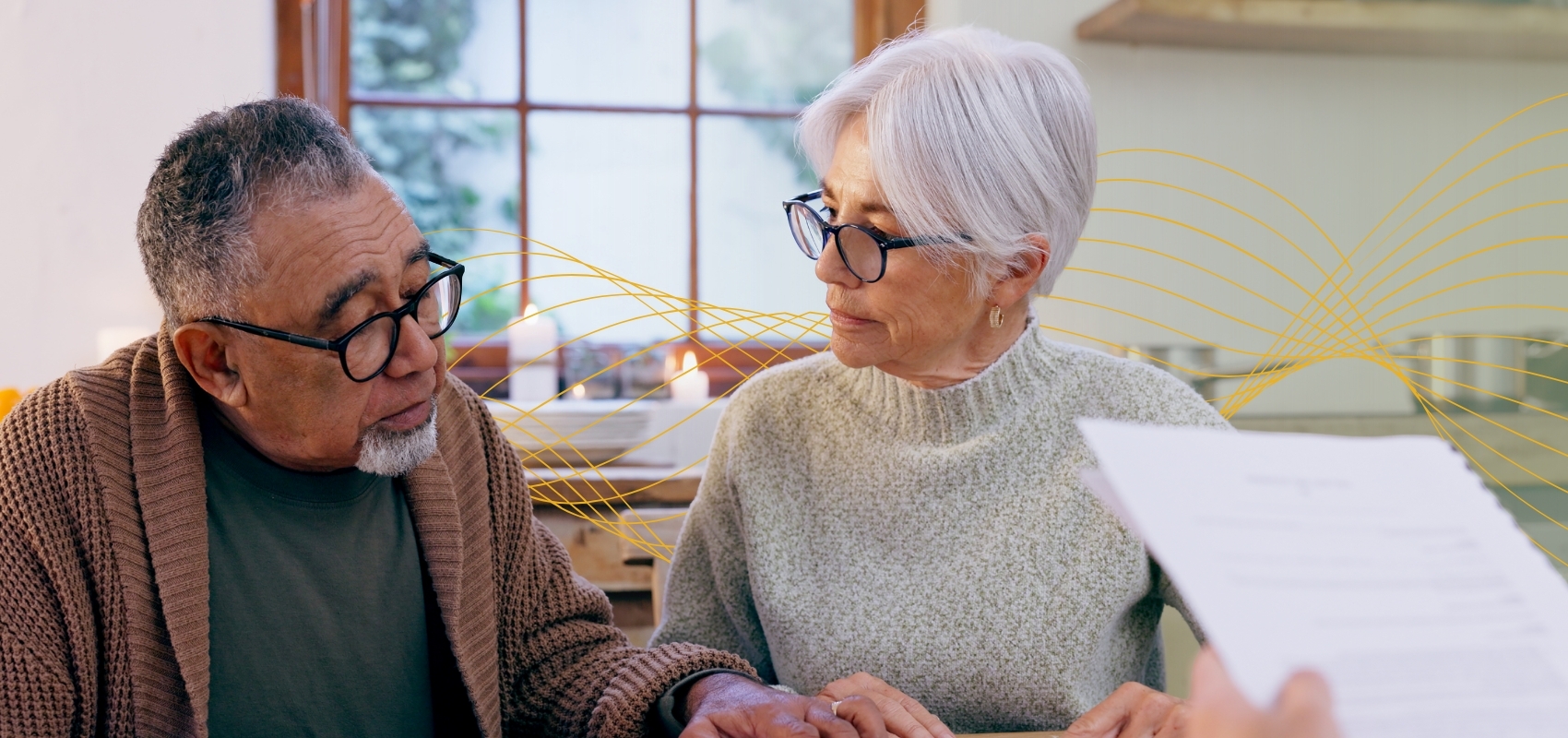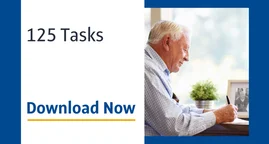Welcome to the Homesteaders Blog.
From funeral business tips to end-of-life planning recommendations, the Homesteaders Blog supports funeral and preneed sales professionals and families seeking guidance and support.

Funeral Planning
| December
18,
2025
Ensuring your final wishes are respected begins long before they are needed and thoughtful preplanning is one of the most meaningful ways to support your loved ones. When your preferences are clearly.
Browse our blog posts.
Subscribe to the Homesteaders Blog.
Want up-to-date insights delivered straight to your inbox? Subscribe to receive the newest blog posts each week.





